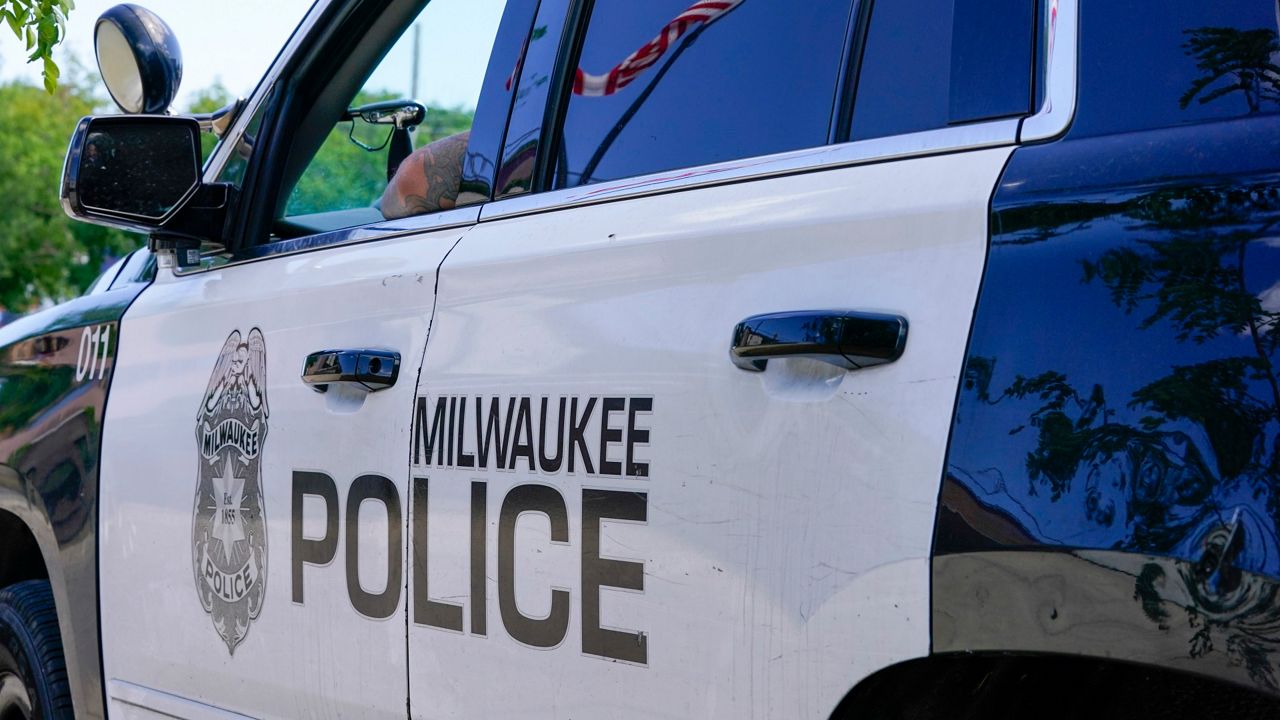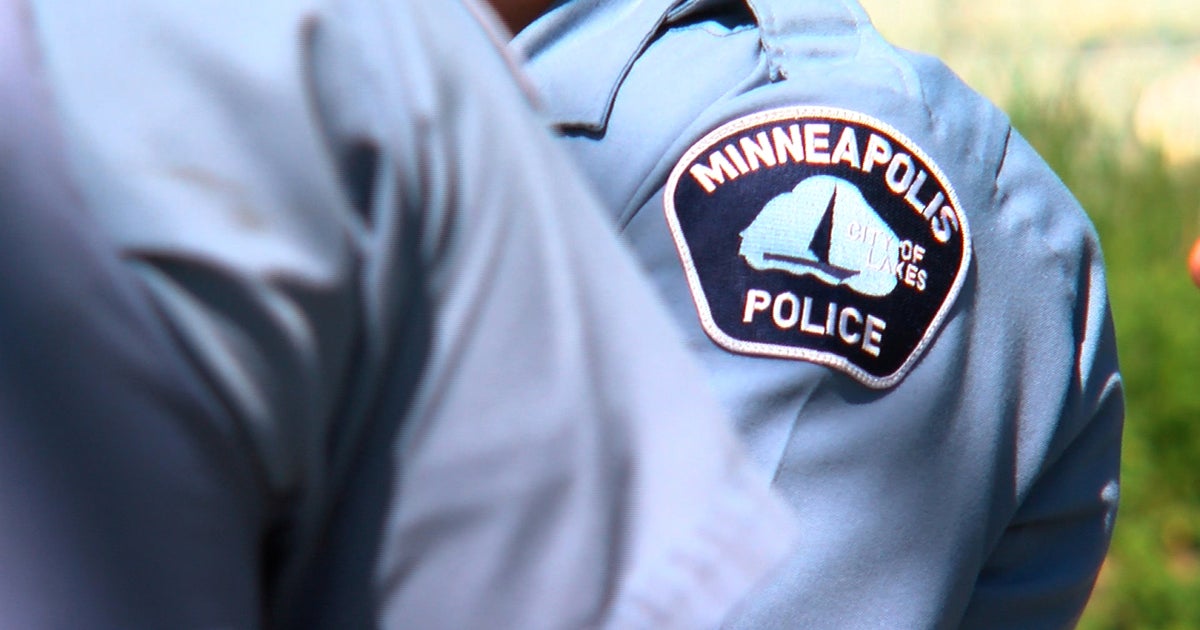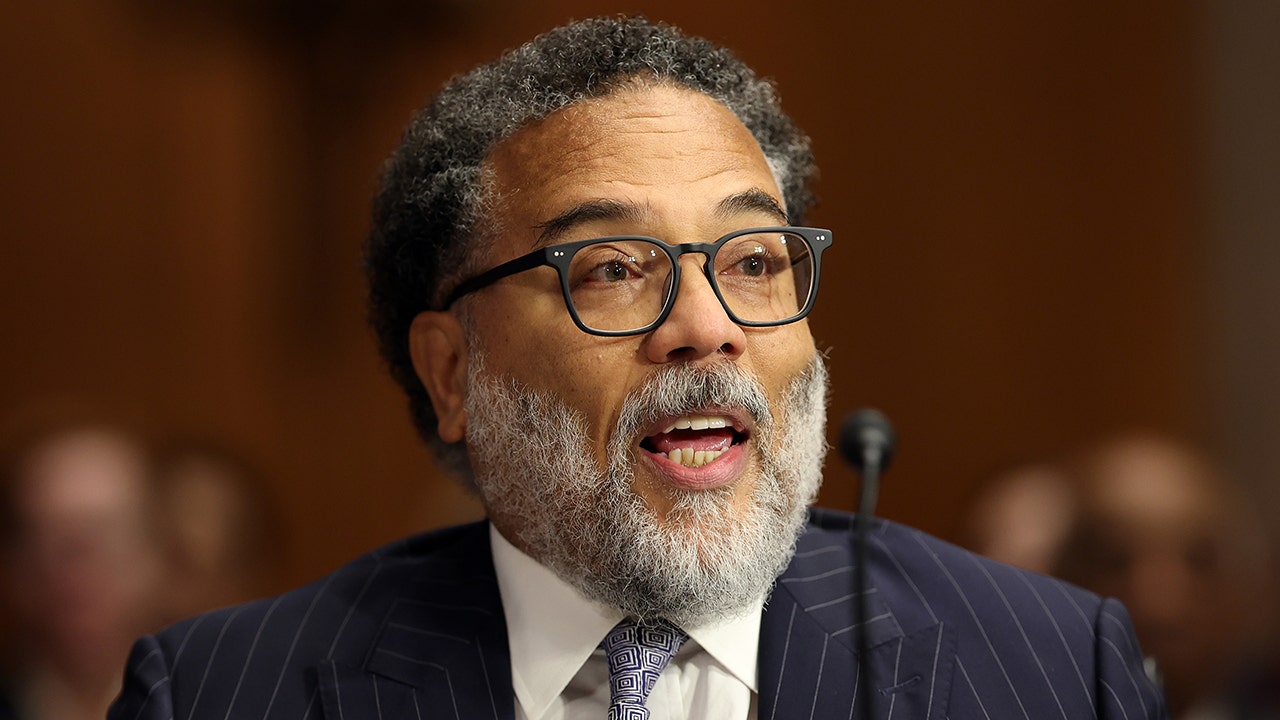Education
Supreme Court Is Asked to Hear a New Admissions Case on Race

In the latest challenge to the role race may play in school admissions, a legal activist group asked the Supreme Court on Monday to hear a case on how students are selected at one of the country’s top high schools, Thomas Jefferson High School for Science and Technology.
A divided three-judge panel of the U.S. Court of Appeals for the Fourth Circuit ruled in May that Thomas Jefferson, a public school in Alexandria, Va., did not discriminate in its admissions. The Pacific Legal Foundation, a libertarian law group, wants the Supreme Court to overturn that decision, arguing that the school’s new admissions policies disadvantaged Asian American applicants.
At issue is the use of what the school board said were race-neutral criteria to achieve a diverse student body. The constitutionality of such practices was left open in the Supreme Court’s decision in June against Harvard and the University of North Carolina, effectively banning the use of race-conscious admissions practices by colleges, though the majority opinion said, quoting an earlier decision, that “what cannot be done directly cannot be done indirectly.”
Although the new case involves a prestigious magnet high school, the decision could ultimately affect colleges, which are implementing new admissions criteria after the June decision. “This is the next frontier,” Joshua P. Thompson, a lawyer with the Pacific Legal Foundation, has said of the litigation.
In its filing Monday asking the Supreme Court to review the case, the Pacific Legal Foundation argued that Thomas Jefferson’s admissions plan was “intentionally designed to achieve the same results as overt racial discrimination.”
Specifically referring to the Supreme Court’s affirmative action decision, the filing said that its “guarantees might mean little if schools could accomplish the same discriminatory result through race-neutral proxies.”
“The longer this question is not resolved,” the petition said, “the more incentive school districts (and now universities) will have to develop workarounds that enable them to racially discriminate without using racial classifications.”
The Thomas Jefferson case arose in late 2020, after protests over the murder of George Floyd. Officials in Fairfax County, Va., concerned about the few Black and Hispanic students at Thomas Jefferson, changed admissions standards. In addition to eliminating a rigorous entry exam, the school decided to offer admission to the top students from each middle school in its area rather than the top applicants from any school.
Admissions officers were also instructed to consider “experience factors,” such as whether students were poor, learning English or attending a middle school that was “historically underrepresented.” But the officers were not told the race, sex or name of any applicant.
A group of parents, many of them Asian American, objected to the plan and started the Coalition for T.J. The Pacific Legal Foundation, which has filed similar lawsuits in New York and Montgomery County, Md., is representing the organization for free.
The parents, arguing that the plan was not truly race-neutral, said that gifted Asian American students were clustered in a few middle schools, and that limiting the number of students from each school shut out worthy Asian American applicants.
After the changes went into effect in 2021, the percentage of Asian American students offered admission dropped to 54 percent from 73 percent. The percentage of Black students grew to 8 percent from no more than 2 percent; the percentage of Hispanic students grew to 11 percent from 3 percent; and the percentage of white students grew to 22 percent from 18 percent.
In the Fairfax County school system, about 37 percent of students are white, 27 percent are Hispanic, 20 percent are Asian and 10 percent are Black.
Writing for the majority in the appeals court’s decision in May, Judge Robert B. King, who was appointed by President Bill Clinton, said the before and after numbers were not the right place to start the analysis. That would, he said, quoting from the school board’s brief, turn “the previous status quo into an immutable quota.”
He added that the school, widely known as T.J., had a legitimate interest in “expanding the array of student backgrounds.”
In dissent, Judge Allison J. Rushing wrote that the majority had refused “to look past the policy’s neutral varnish” and consider instead “an undisputed racial motivation and an undeniable racial result.”
Judge Rushing, who was appointed by President Donald J. Trump, added that the Constitution’s guarantee of equal protection “would be hollow if governments could intentionally achieve discriminatory ends under cover of neutral means.”
The decision reversed a 2022 ruling by Judge Claude M. Hilton of the Federal District Court in Alexandria, who found that the changes made by the school board had disproportionately burdened Asian American students and were “racially motivated.” The discussion of the planned changes, he wrote, was “infected with talk of racial balancing from its inception.”
“It is clear that Asian American students are disproportionately harmed by the board’s decision to overhaul T.J. admissions,” Judge Hilton wrote. “Currently and in the future, Asian American applicants are disproportionately deprived of a level playing field.”
The Supreme Court has already had one encounter with the case. In April 2022, the court rejected an emergency request from the Coalition for T.J. to block the new admissions criteria while the case moved forward. That was before the court’s decision in June banning race-conscious admissions in higher education.
Even so, the court’s three most conservative members — Justices Clarence Thomas, Samuel A. Alito Jr. and Neil M. Gorsuch — said they would have granted the request.

Education
Video: Several Killed in Wisconsin School Shooting, Including Juvenile Suspect

new video loaded: Several Killed in Wisconsin School Shooting, Including Juvenile Suspect
transcript
transcript
Several Killed in Wisconsin School Shooting, Including Juvenile Suspect
The police responded to a shooting at a private Christian school in Madison, Wis., on Monday.
-
Around 10:57 a.m., our officers were responding to a call of an active shooter at the Abundant Life Christian School here in Madison. When officers arrived, they found multiple victims suffering from gunshot wounds. Officers located a juvenile who they believe was responsible for this deceased in the building. I’m feeling a little dismayed now, so close to Christmas. Every child, every person in that building is a victim and will be a victim forever. These types of trauma don’t just go away.
Recent episodes in Guns & Gun Violence
Education
Video: Biden Apologizes for U.S. Mistreatment of Native American Children

new video loaded: Biden Apologizes for U.S. Mistreatment of Native American Children
transcript
transcript
Biden Apologizes for U.S. Mistreatment of Native American Children
President Biden offered a formal apology on Friday on behalf of the U.S. government for the abuse of Native American children from the early 1800s to the late 1960s.
-
The Federal government has never, never formally apologized for what happened until today. I formally apologize. It’s long, long, long overdue. Quite frankly, there’s no excuse that this apology took 50 years to make. I know no apology can or will make up for what was lost during the darkness of the federal boarding school policy. But today, we’re finally moving forward into the light.
Recent episodes in Politics
Education
Video: Los Angeles Bus Hijacked at Gunpoint

new video loaded: Los Angeles Bus Hijacked at Gunpoint
transcript
transcript
Los Angeles Bus Hijacked at Gunpoint
The person suspected of hijacking a bus which killed one person, was taken into custody after an hourlong pursuit by the Los Angeles Police Department early Wednesday morning.
-
“Get him.”
Recent episodes in Guns & Gun Violence
-

 Business7 days ago
Business7 days agoThese are the top 7 issues facing the struggling restaurant industry in 2025
-

 Culture7 days ago
Culture7 days agoThe 25 worst losses in college football history, including Baylor’s 2024 entry at Colorado
-

 Sports6 days ago
Sports6 days agoThe top out-of-contract players available as free transfers: Kimmich, De Bruyne, Van Dijk…
-

 Politics5 days ago
Politics5 days agoNew Orleans attacker had 'remote detonator' for explosives in French Quarter, Biden says
-

 Politics5 days ago
Politics5 days agoCarter's judicial picks reshaped the federal bench across the country
-

 Politics3 days ago
Politics3 days agoWho Are the Recipients of the Presidential Medal of Freedom?
-

 Health2 days ago
Health2 days agoOzempic ‘microdosing’ is the new weight-loss trend: Should you try it?
-

 World7 days ago
World7 days agoIvory Coast says French troops to leave country after decades














